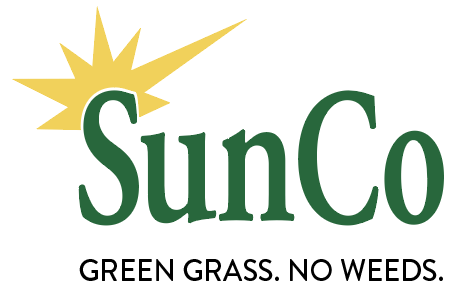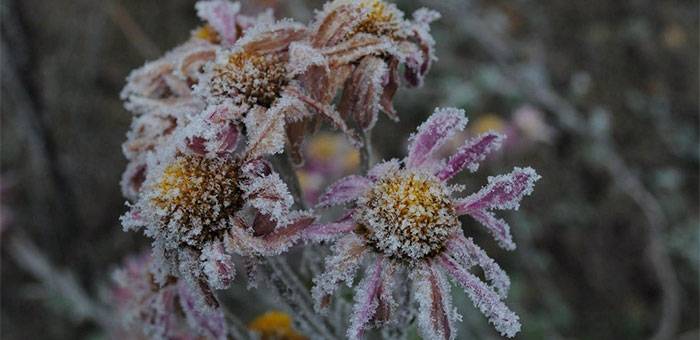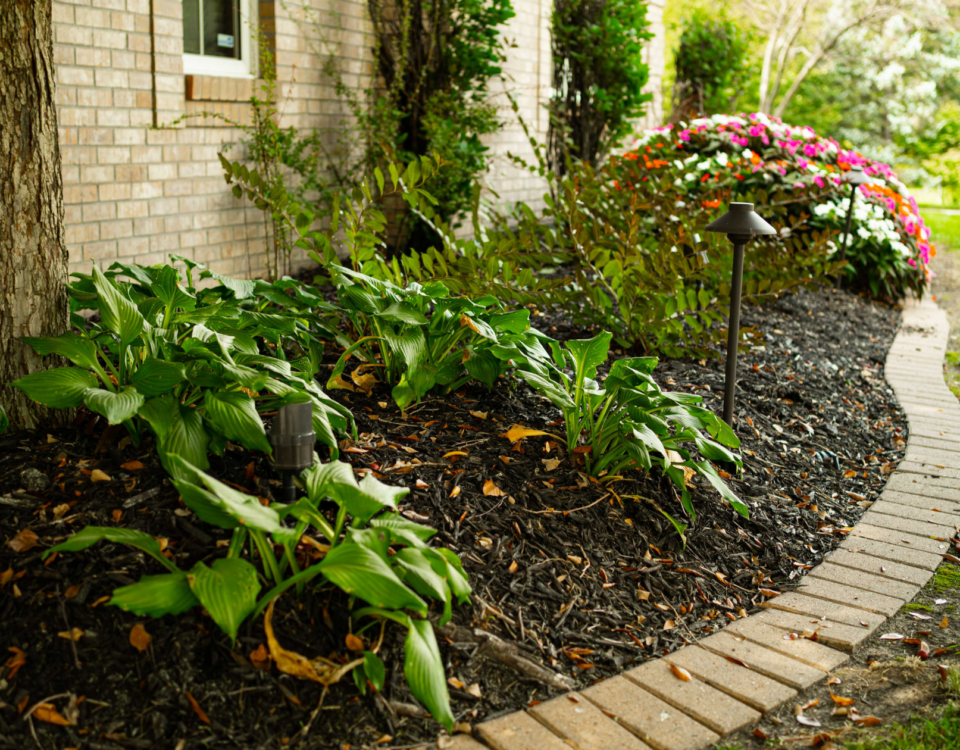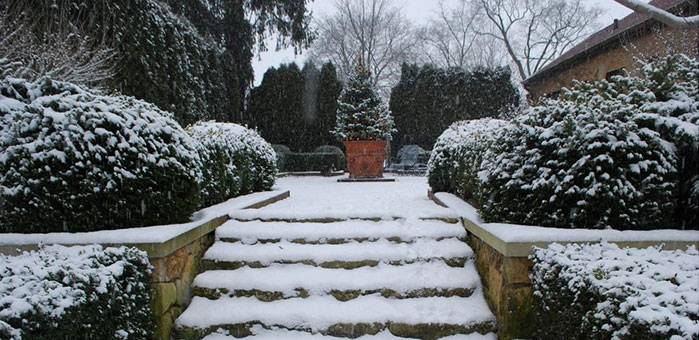
Protect Your Trees and Shrubs This Winter With Anti-Desiccant Sprays
November 6, 2020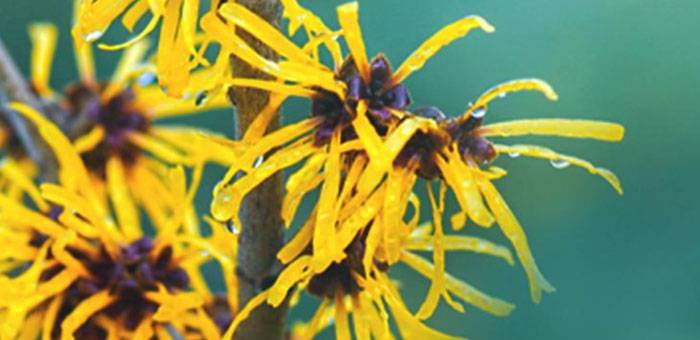
5 of Our Favorite Striking Plants for Winter
December 13, 2020Frost Heave
/frôst hēv/
noun
- the uplift of water-saturated soil or other surface deposits due to expansion on freezing.
- a mound formed by frost heave, especially when broken through the pavement of a road.
plural noun: frost heaves
What is frost heave?
Have you experienced frost heaving? Frost heaving usually occurs when your soil is subjected to on and off periods of freezing and thawing. The cold air penetrates down through your soil to the area of warmer soil and moisture, which then freezes and forms layers called an “ice lens.” This causes the cold air from above to press down while the frozen soil beneath the plant pushes up. As this happens repeatedly, the roots of your plants can be exposed to the freezing air which will damage them.
Living in the midwest, we know how inconsistent our falls and winters can be. Some days it is 65 and sunny, and the next day it’s below freezing. With the conditions we live in, sometimes frost heaving can be so severe that your plants are actually shoved out of the ground.
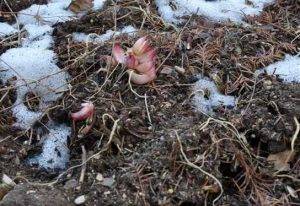
How can I prevent frost heave?
In most frost heave scenarios, you usually see it happening to soils that don’t drain well. If your soils contain a high percentage of clay you will see it happen more often, so steering away from those soil types will help.
Another way to prevent heaving is to improve soil drainage by adding compost or another form of organic matter that can soak up any excess water. Adding insulation to the soil surface during the peak heaving season (late winter or early spring) will help you avoid frost heave. Not sure what kind of insulation to use? We recommend shredded wood mulch. You should spread a 3- to 4-inch layer of mulch, leaving a bit of room at the base of plants. Another great insulator is snow. A foot of snow on top of the ground can reduce the depth of frost penetration.
Have you experienced frost heave before? How did you fix it? We want to hear from you. Comment your thoughts below. If you find yourself needing help with other lawn issues, feel free to get in contact with the experts at SunCo.
